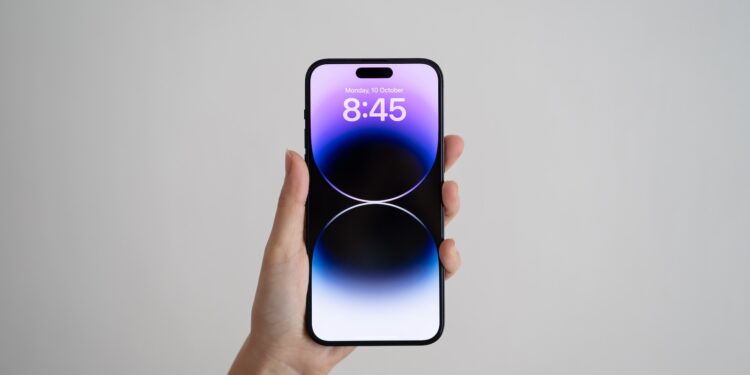The iPhone 17 hasn't been officially announced yet, but like every year, there are already rumors and leaks early on. This time, much of it revolves around the so-called Dynamic Island – the display element that houses notifications and Face ID sensors. Several sources report that Apple is planning a change here. The rumors revolve around the introduction of a new technology called Metalens, which could enable a smaller Dynamic Island.
Face ID, Dynamic Island, and camera apertures—all of these are central elements of iPhone design. Since the iPhone 14 Pro, the Dynamic Island has been an integral part of the screen. This could change with the upcoming iPhone 17. Several reliable analysts and leakers report that Apple may be planning a smaller Dynamic Island—thanks to new components that require less space. A new lens called Metalens plays a key role in this.
What is Metalens and why is it important?
Jeff Pu, an analyst at financial firm GF Securities , explained in an investor note that all four iPhone 17 models will be equipped with Metalens technology for Face ID. This is a new type of lens that replaces traditional glass or plastic lenses. Metalens uses nanostructures to focus light and is significantly thinner and more compact. This allows key components like the infrared sensor and projector for Face ID to be made smaller.
Dynamic Island: Is downsizing coming?
Earlier this year, well-known leaker Digital Chat Station claimed that the iPhone 17 Pro Max would feature a smaller dynamic island. The reason for this is precisely Metalens technology, which integrates the transmitter and receiver components of Face ID. This design takes up less space and could result in a more compact cutout in the display. Initially, only the iPhone 17 Pro Max was mentioned, but according to Jeff Pu, all models – including the regular iPhone 17, the ultra-thin iPhone 17 Air, and the smaller iPhone 17 Pro – will be equipped with Metalens. If this is true, the change would not only be reserved for the top models, but would also affect the entry-level versions.
Not all analysts are convinced
Well-known Apple analyst Ming-Chi Kuo is somewhat more skeptical. Back in January, he wrote that he doesn't expect any significant changes to the size of the Dynamic Island on the iPhone 17. According to Kuo, it will remain roughly the same size as on the iPhone 14 Pro and iPhone 15 Pro. He relies on his supply chain sources. Both Jeff Pu and Ming-Chi Kuo have often been correct in the past. This makes it difficult to make a clear prediction right now. It's therefore quite possible that Apple is testing various designs internally and will only decide on a variant later.
Outlook for the next generations
Parallel to the iPhone 17 rumors, there are already initial speculations about the iPhone 18. This one involves an even more significant overhaul. According to several sources, the iPhone 18 Pro models will feature Face ID under the display. Only a small opening for the front camera will remain visible. If this is true, the iPhone 17 would be an intermediate step on the way to a nearly uninterrupted display.
iPhone 17 could usher in a new chapter in display design
The iPhone 17 could actually be a step forward in terms of design. The introduction of Metalens technology seems likely and could result in Face ID components requiring less space. This, in turn, could enable a smaller Dynamic Island. Whether all models will be affected or just the Pro Max remains to be seen. And it remains to be seen whether Apple will actually opt for the more compact design. The only thing that is certain is that the rumors point to exciting changes – and development continues toward an even slimmer, more modern display. (Image: Shutterstock / umitc)
- Apple develops haptic buttons for iPhone, iPad and Watch
- iPhone 17: Apple finally makes the base model stronger
- iPhone 17 with familiar A18 chip and 8 GB RAM





